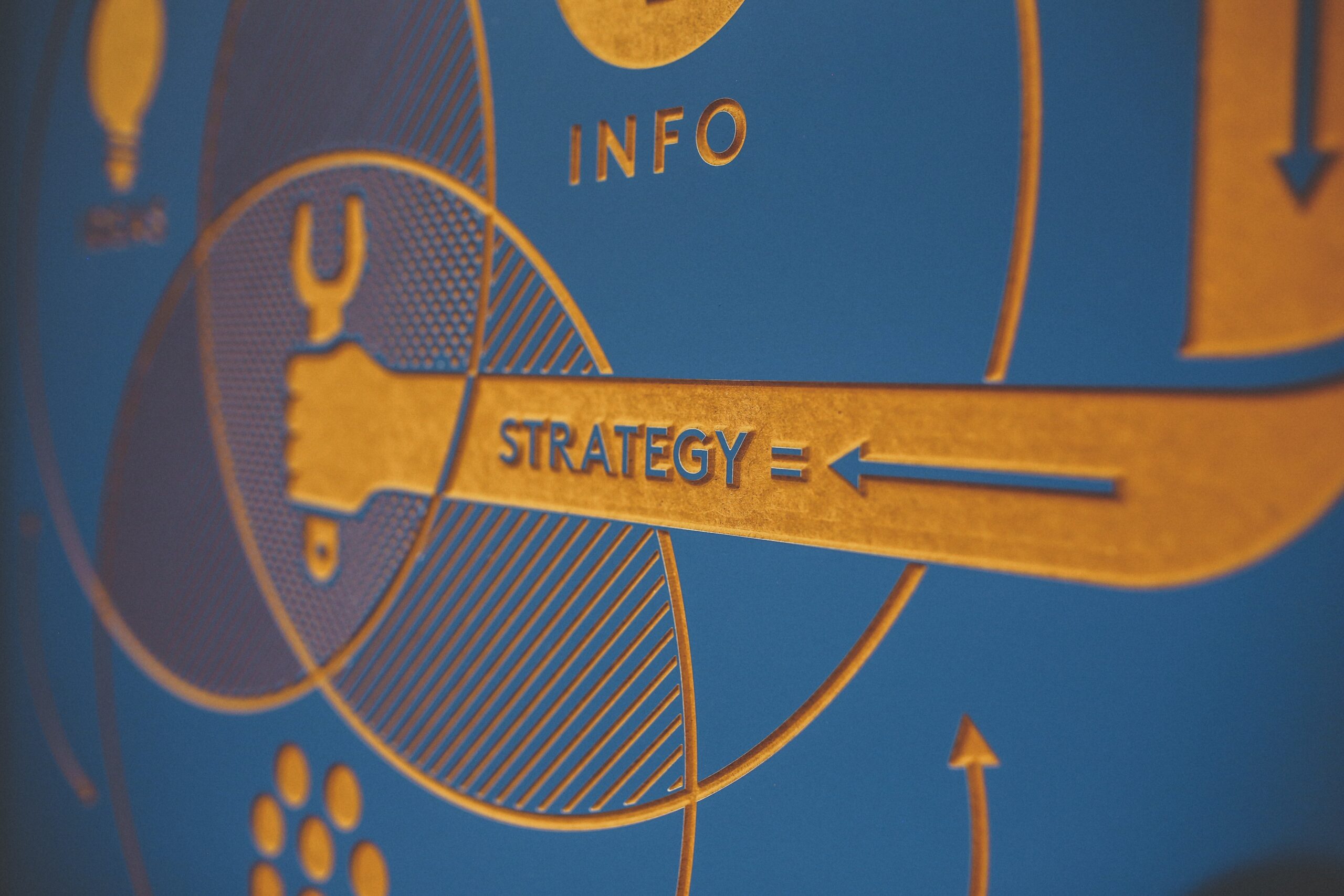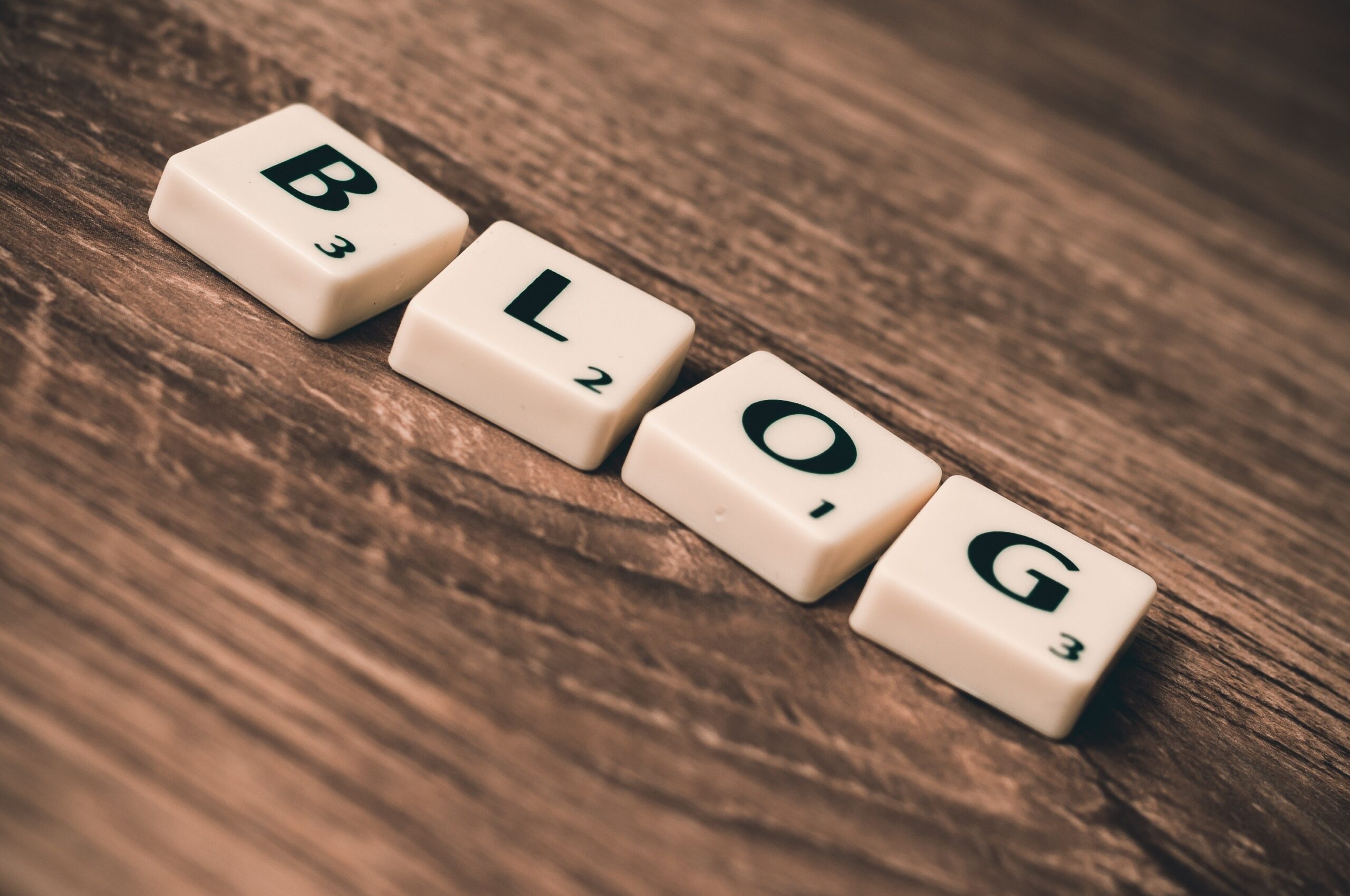When creating your SEO landing page, you want to focus on four key factors: Content, Structure, Metadata and Images. These factors will play a huge role in the results of your site. It is important that all of these elements are optimized to achieve the best results. To begin, you need to create a compelling and informative content page.
Table of Contents
Content
Content of SEO landing pages is a crucial element for getting higher rankings in search engines. These pages should follow Googles rules for determining which pages are relevant and desirable for searchers. This includes using the keyword that relates to the pages topic and the title. The page should also include a meta description that captures the essence of the content on the page.
SEO landing pages should be well-structured to be easily crawled by search engines. Keywords should be in the title tag, meta description, and URL. The meta description is a direct ranking factor and should tell the reader what to expect from the landing page. The copy should be clear and concise, leading the visitor to the CTA button.
Structure
The structure of an SEO landing page consists of several parts. The first part is the headline, which should briefly describe the content of the page. It should include the keywords that are most relevant to the page. The next section is the meta description, which should be informative and benefit-oriented, and include several keywords.
Another important part of an SEO landing page is the structure of the content. This will help search engine bots recognize and index the page. The content should also contain a title tag that contains a high-quality keyword. It is also important to include a meta description, as this will directly affect ranking. The meta description should also tell users what to expect on the landing page.
Another important part of the structure is the use of content silos. This technique categorizes your site pages according to their relevance in the search engine. By doing so, you will make it easier to target long-tail keywords. Using a custom industry category is also a good idea. It makes your site easier to navigate and is also an effective way to differentiate products.
Next, you need to optimize the images. Ensure that the images are 300 dpi. You should also ensure that the filenames of the images are compatible with the content. The filename should contain the keyword. If your website is promoting a specific product, include an image that shows the product. Images can also be used to create atmosphere, especially on a service page.
Metadata
Metadata is an important part of your SEO landing page. It tells search engines about your content, and provides text for search engine results pages. Though most users wont notice this information, it is necessary for the search engine to understand your page. The meta description should be relevant to your page and should not sound spammy. To help your landing page be found by more people, use keywords in the title and meta description to attract more traffic to your site.
Metadata has two types. The first type explains the technical source of a file, including the creation date and the change date. The second type explains the content of a file and helps search engines determine its value. It can also give details about its file size and compression type. For example, if the page is a video, include information about the files file type.
Meta description lengths vary, but 150 to 155 characters are ideal. In late 2017, Google raised the character limit to 300 characters, but soon changed it back to the previous standard. Metadata on a website acts as advertising space for the business, and it can convince searchers to click through to the page or buy a product.
Image titles and alt attributes are important for search engines. They can help your image show up in image searches and serve accessibility needs. In addition, they can help your website avoid duplicate content by communicating language. To avoid duplicate content, use canonical tags and pagination to aid in indexation. Finally, include a description of your image to help people with vision problems find it.
Metadata is important for search engines because it helps them organize content and provide additional information. It is also essential for ranking well in search engines. The meta data on a webpage includes basic information like when and where the piece was developed. It can be used by humans and machines.
Images
Using images on your SEO landing page can boost the pages SEO. However, you must make sure that they are optimized for web use. This means they should be sized correctly, stylized, and compressed. Additionally, you should use ALT tags for your images, which provide the search engines with descriptive text about what the image is about.
Using alt tags for your images will improve the search engine ranking of your images. They can also act as anchor text for internal links. Google recently updated its Image Guidelines, which states that it uses the file name and path of images when ranking them. This means that your images are much more likely to be found when theyre included in your page.
Make sure to choose images that complement your keywords and your landing page. Use a hero image and follow standard image optimization rules, such as optimizing the filename and adding a descriptive alt tag. Images are a huge part of SEO landing pages, so its important to choose the right one. Try not to use too many images on your page, as this will distract visitors from your main message.
Images that are too big can cause your pages to take too long to load. Optimizing images for search engines will make them load faster. Search engines will be much happier with your page if it loads faster. Its also a good idea to use a title and description for your images. If youre unsure of how to do this, use dashes to separate the two.
Branding
Branding your landing page for SEO begins with an SEO-friendly design and content. Make sure you have the keywords in the title and the content is organized and descriptive. Include images and headlines that are related to your content, so your visitors can see the information they need. Including alt text in your images is also beneficial, since it makes it easier for crawlers to understand them.
The goal of your landing page is to convert visitors into buyers. For this, its critical to offer a positive experience. When a user searches for a product or service on Google, theyre likely to click through to your website, browse through your content, and make a decision. If theyre satisfied with the experience, they may refer friends to purchase your product or service.
Metadata is another important element of your SEO landing page. It tells search engines what the page is about and why they should include it. Use your primary keyword in the meta title and meta description to maximize the pages search ranking. Also, make sure that your URL and meta description are the same. This way, Google can index the content more easily and provide better results.
Google takes social signals into account. If thousands of people share your links across platforms, this is a sign that your website is worth reading. It also adds to your brands reputation. Your landing page should be brief and catchy. Your customers and leads will be sure to spread the word about your brand.
The main goal of your landing page is to provide the best experience possible for users. Your landing page should focus on their needs, satisfaction, and information.






